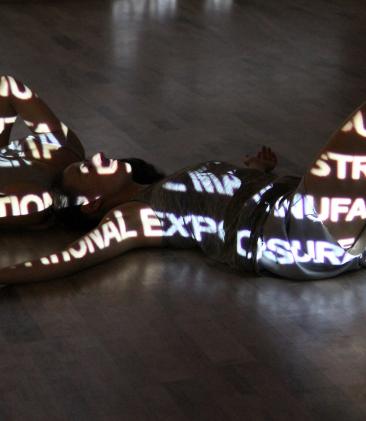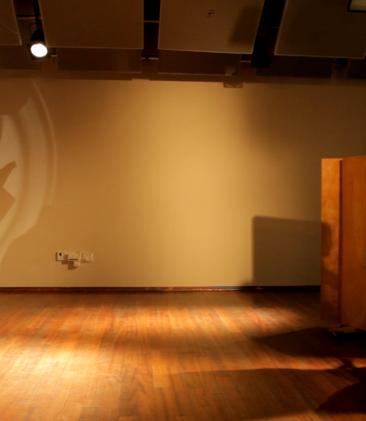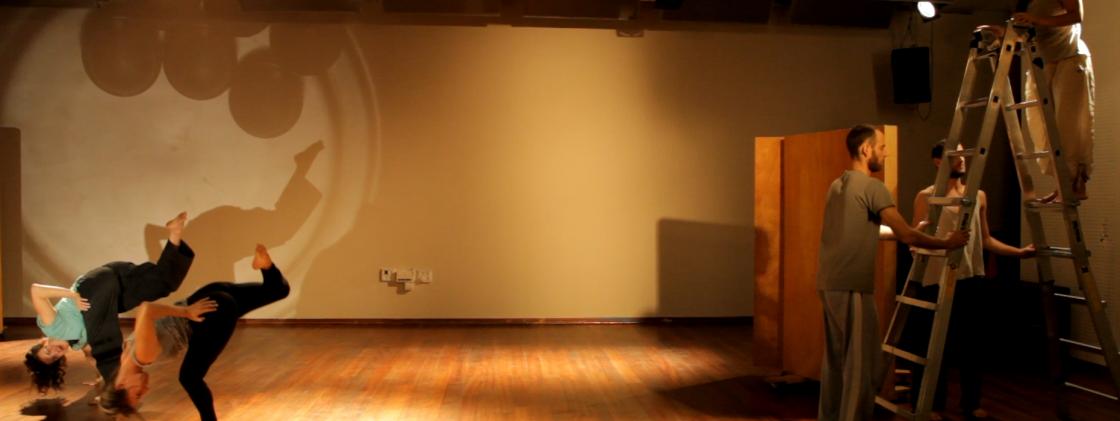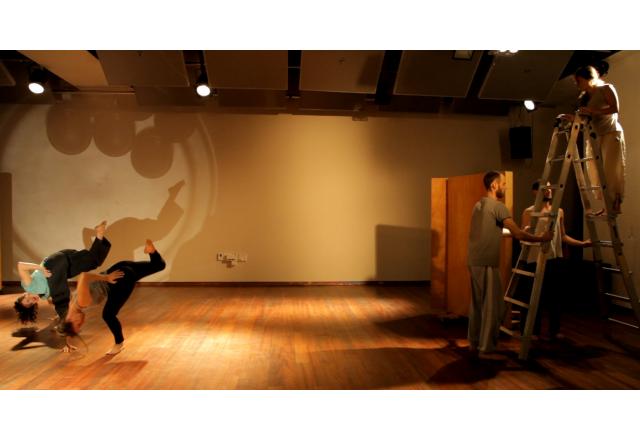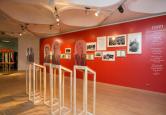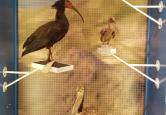Arts and science are fields of knowledge and creativity that may seem distant, but overlap greatly. In 2015, a project was launched to connect between nano-science researchers and artists who were trying to examine the term 'Nano', a measure unit prefix for a billionth.
During the course of a year, researchers and artists worked together to understand and interpret one another's fields and create a new artistic-scientific language.
"We wanted to provide significance to the world of nano through art and also to make this scientific field of research accessible to the public at large. Our vision is to create a new language – 'nano-art'," noted University Curator and initiator of the project, Michal Mor.
The Hebrew University Center for Nano-science and Nano-technology is an outstanding scientific and technological institute that brings together researchers from a variety of fields and unites them in multidisciplinary research of the unique nanometric field.
The artists heard a series of lectures by the Center's researchers about the different physical and chemical characteristic of nanometric materials and their unique qualities, which make them so attractive across various fields of industry and research. The artists and researchers grouped together to various working teams, producing an artistic interpretation of concepts from the world of nano-science. Their works span across artistic platforms, from video art to dance, from artistic installations to theatre.
The project was launched in cooperation with the Hebrew University’s Faculty of Science and the Municipality of Jerusalem, together with artistic groups from Jerusalem, the Machol Shalem Dance House, HaZira Performance Arts Arena and its association.
The work culminated in a special event held at the Hebrew University’s Edmond J. Safra Campus in Givat Ram, Jerusalem. Among the works exhibited in the evening were:
“Ishket” – Dr. Ofra Benny and Ofra Karsh Blumen, Maayan Liebman-Sharon, Yaara Nirel, Michal Agassi and Laura Kirshenbaum.
One of the research projects of Dr. Benny deals with angioma, the process of accelerated creation of blood vessels that takes place in cancerous growths. Using nanotechnology methods it is possible to take advantage of “defects” that exist in the cancerous blood vessels and to create nano particles that carry drugs.
Creating the dance derives inspiration from the dynamic and kinetic processes that characterize the cancerous growth, from the movement of the nanometric particles and their diffusion into the cancerous cell, from the changing form of the cells and the hollow spaces created between them and from the interaction created by the nano particles. The nano particles cannot be seen in a direct manner. This “unknown” appears in the work in a video showing of the dancers and the creation of new hollow spaces being created and changing under the influence of the movement between the dancers and the content being shown, and this creates a new image.
“Concepts of left and right: mirror images of molecules to choreographic stabilizers” – Prof. David Enoch and Ido Betesh.
In the world of chemistry and biology there are molecules that can appear as left handed or as their mirror image – right handed. The distinction between these two options is critical for all aspects of life at the level of molecules. Is it also important in choreography? Does placing certain choreographic posture, as opposed to placing its mirror image, influences the aesthetic concept of the dance? Does it influence the challenge for the performing dancer? Research in psychology of aesthetic concepts points to the view that concepts of left or right of the same object, may be very different.
Research tools from the fields of chemistry, biology, and computer science, combined in order to deal with this research question which is completely new in the field of dance.
“Time (a temporary name)” – Prof. Nadav Katz and Zvi Sahar.
The project deals with an attempt to understand the concept of time, to feel it, to intervene in it, and to take advantage of it. The theatrical project is based on Sahar and Katz’s third subject – Josephus Flavius, who wrote about his past – for the future. As an historian, he carried out in his period and his time “intervention in time.”
How do we view time and its meaning in various periods? And how does the spirit of time influence the concept of time? How does the modern concept of time influence the medium that appears in the theater, which constantly strives to create the feeling that it is all happening “here and now.”
“Terra incognita: travels in an unknown land” - Prof. Daniel Mandler and Shimrit Malul.
The idea at the base of the work and the research is to understand the influence and response of nano materials on human beings, on their feelings, on their changeability, on their oral and physical interactions with them. The mutual response of the person on the material is no less fascinating and enables us to reveal new characteristics in the behavior of the human creature and the material. The project wants to locate nano materials which, when interacting with the human body, can create a sensory response that can be seen and can be used to develop a new artistic and scientific language. The touch of man on metal is a starting point…
“The Juto Circle” – Dr. Meital Reches, Max Epstein and Vasyl Sribny.
The project deals with construction of a "laboratory" for research of art that would enable a new philosophic view of the concept of nano. In this “laboratory” relationships are being created between three participants: the researcher, the artist and the children. This system enables an academic meeting point between science and art and between intuition and the spontaneity of children. The process of research is based on correspondence between them through images. The first image presented is a photograph from the chemistry laboratory that studies nano-technology.
Special thanks to Tirza Lavi and Lilach Orenstein




